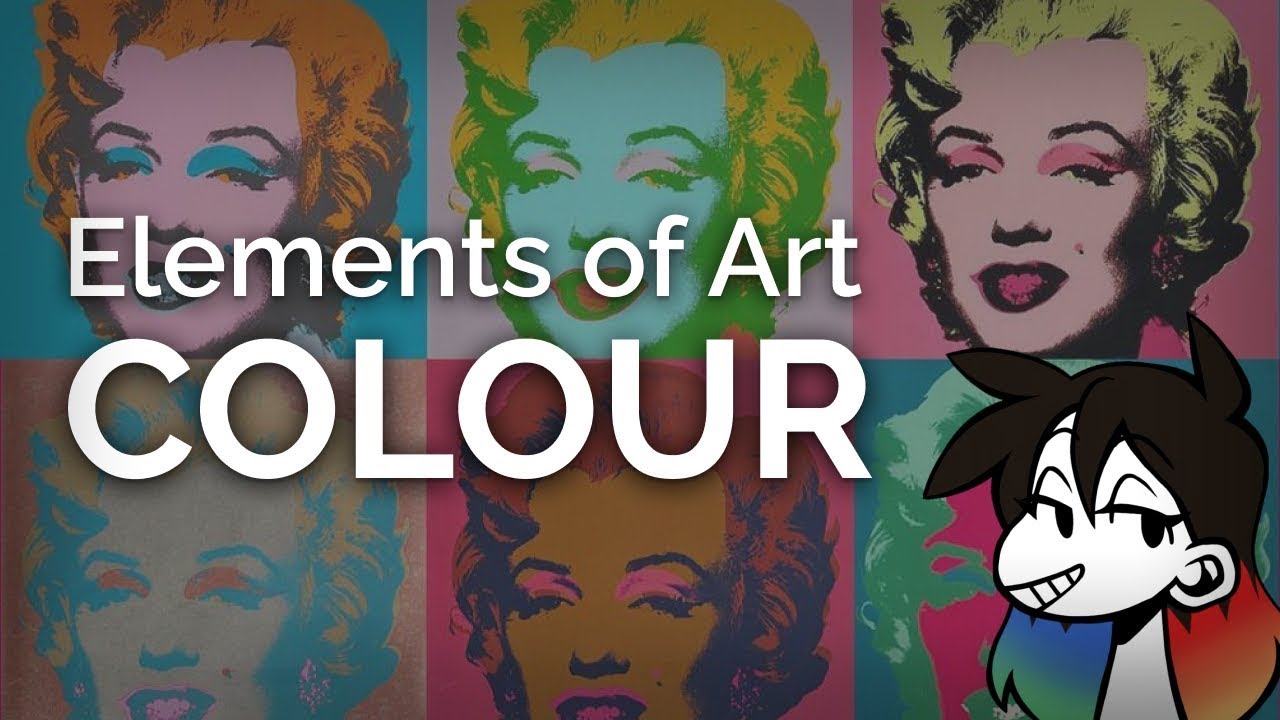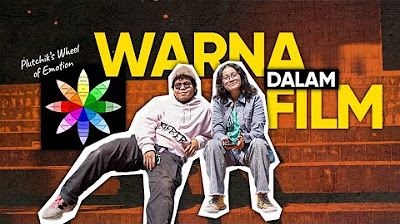How filmmakers manipulate our emotions using color
Summary
TLDRThis video script delves into the art of color grading in film, exploring how specific color palettes can evoke emotions and set the tone for different genres. From warm reds in romance to blue and orange contrasting in dramas, colorists manipulate hues to influence audience perception. The advent of digital technology has made color grading more accessible, with Hollywood favoring the blue-orange combination to make actors stand out. The script encourages viewers to experiment with color grading apps to understand its impact on mood and storytelling.
Takeaways
- 🎨 Color plays a significant role in identifying the genre of a movie, with specific tones associated with different themes.
- 🔍 Film critics often use color treatments as a quick indicator of a movie's genre, such as warm reds for romance or blue tones for horror.
- 🌈 The use of color in films is not just aesthetic but also serves to influence the emotions of the audience.
- 📚 There is a 'rule book' of emotional responses to color that colorists, the professionals who manipulate film colors, follow.
- 🌐 Cultural and contextual factors can affect how we perceive and respond to different colors in films.
- 🎞️ Color grading is the process of altering and enhancing the color of a film to convey specific moods or emotions.
- 📽️ Historically, achieving a stylized look through color grading was expensive and required filters or frame-by-frame alterations.
- 💻 With the advent of digital technology, color grading has become more accessible, flexible, and cost-effective.
- 🎬 The film 'Or brother, where art thou?' was the first to be entirely digitally color graded, setting a trend for warm sepia tones to reflect the Great Depression era.
- 🔵🟠 A prevalent Hollywood color grading trend is the use of blue and orange, which is believed to make actors stand out against the background due to their complementary nature on the color wheel.
- 🛠️ Apps like 'Video Grade' for iOS offer easy-to-use tools for experimenting with color grading on one's own footage.
Q & A
What is the relationship between a movie's color treatment and its genre according to the script?
-The script suggests that a movie's color treatment can often indicate its genre. For example, warm red tones are associated with romances, cold blue tones with horrors, and fluorescent greens with sci-fi.
What is the purpose of using the color blue and orange in films as mentioned in the script?
-The script implies that filmmakers use blue and orange as opposing colors to create a visual contrast that makes actors stand out against the background, which is a popular trend in Hollywood.
How does color grading influence the audience's emotions in films?
-Color grading can alter and enhance the colors of a film to evoke specific emotions in the audience, as our response to color can be influenced by cultural and contextual factors.
What is the historical context of color grading in films as described in the script?
-In the past, filmmakers could only achieve a stylized look through the use of filters or by spending a lot of money to alter specific colors frame by frame. However, with the advent of digital technology, color grading has become less expensive, more accessible, and flexible.
Can you provide an example of how color grading was used in a classic film mentioned in the script?
-The script mentions 'It's a Wonderful Life' and how it was color graded to give a warm sepia tone, making the audience feel as if they were in the 1930s during the Great Depression.
What is the role of a colorist in the film industry?
-A colorist is a professional who manipulates the colors of a film following a rule book of emotions and color responses to enhance the storytelling and evoke desired emotions in the audience.
How has digital technology impacted the practice of color grading in films?
-Digital technology has made color grading more accessible and flexible, allowing filmmakers to experiment with color treatments more easily and at a lower cost.
What is the significance of the color wheel in color grading?
-The color wheel is significant in color grading as it helps filmmakers understand complementary colors and how they can be used to create contrast and make certain elements of a film stand out.
How can the audience experiment with color grading themselves as suggested in the script?
-The script suggests using easy-to-use apps, such as the iOS app 'Video Grade,' to experiment with color grading and explore how different color treatments can change the mood of a scene.
What is the ultimate takeaway from the script regarding the manipulation of color in films?
-The script emphasizes the importance of understanding how color can manipulate emotions and perceptions, suggesting that it's not just about knowing how to manipulate color, but also recognizing its power to influence the audience.
Can you explain the concept of 'mood ring' as used in the script in relation to color?
-The 'mood ring' concept in the script refers to the idea that colors, like those in emojis or AA photography, can reflect or influence mood, much like a mood ring changes color in response to body temperature.
Outlines

このセクションは有料ユーザー限定です。 アクセスするには、アップグレードをお願いします。
今すぐアップグレードMindmap

このセクションは有料ユーザー限定です。 アクセスするには、アップグレードをお願いします。
今すぐアップグレードKeywords

このセクションは有料ユーザー限定です。 アクセスするには、アップグレードをお願いします。
今すぐアップグレードHighlights

このセクションは有料ユーザー限定です。 アクセスするには、アップグレードをお願いします。
今すぐアップグレードTranscripts

このセクションは有料ユーザー限定です。 アクセスするには、アップグレードをお願いします。
今すぐアップグレード関連動画をさらに表示

What do colors movie characters wear mean?

COLOR THEORY BASICS: Use the Color Wheel & Color Harmonies to Choose Colors that Work Well Together

COLOR: Elements of Art Explained in 6 minutes (funny!)

Color (Ch 10) I, Visualization Analysis & Design, 2021

What is Tone Color? (Timbre)

MOTION - WARNA DALAM FILM
5.0 / 5 (0 votes)
